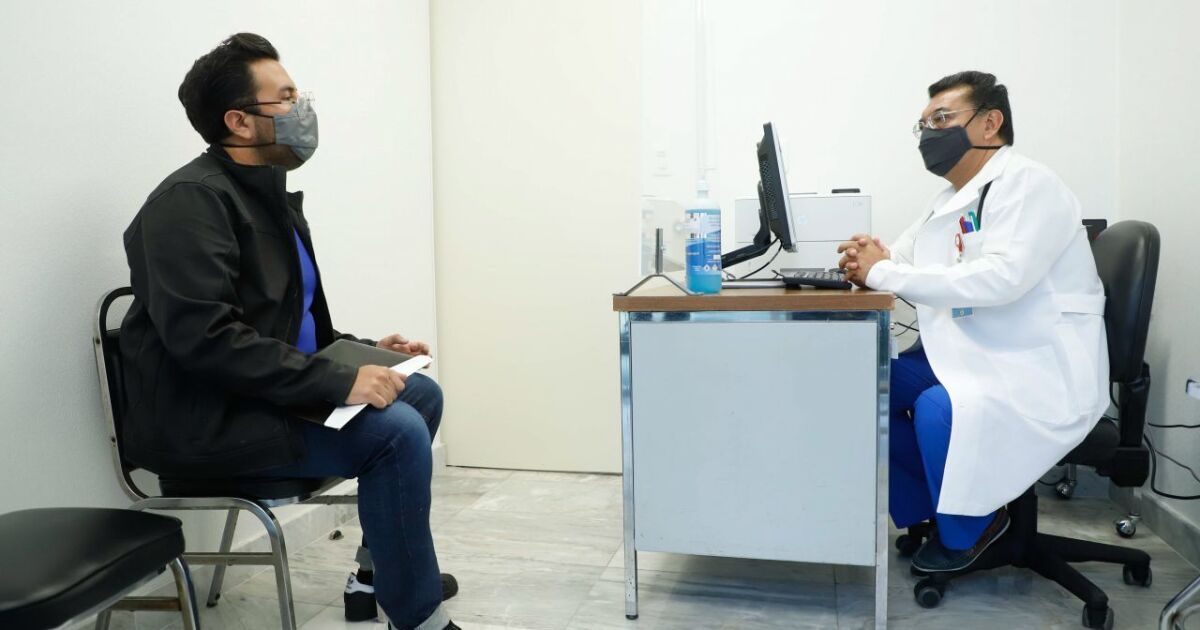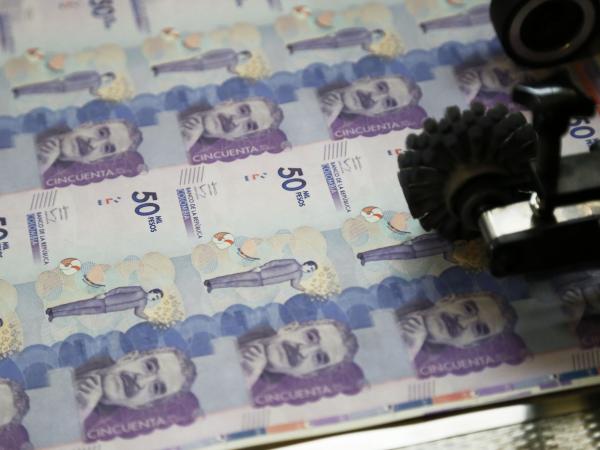Between January 1, 2019 and September 25, 2021, the Federal Consumer Protection Office (Profeco) handled 418 complaints against private hospitals and clinics. In addition, in the same period it detected an increase of between 15% and 20% in service costs.
“And yet it is striking that it costs more to be treated in mid-level hospitals than high-level hospitals, such as Angeles or Médica Sur, and even for a person without social security the costs were equal in public institutions, but this It is just the tip of the iceberg of the abuses that may exist in the collections,” explains Gómez Hermosillo.
What is needed to achieve a universal health system?
The new federal government plan, announced on March 15, proposes the recentralization of the provision of health services through agreements with the IMSS Welfare. This eliminates the powers of the Health Institute for Well-being (Insabi), which began operating in 2020 with the aim of providing and guaranteeing the free provision of health services and medicines to people without social security.
Rogelio Gómez Hermosillo considers that this can be positive, since the public health system in Mexico is fractured in various institutions and this prevents access to health services and continuous care. For example, if a worker affiliated with ISSSTE changes or becomes unemployed, he automatically loses this right, regardless of whether he has a chronic condition that requires treatment.
With this plan, he adds, efforts would be concentrated in a single institution, which would be the IMSS Welfare. However, and although the president’s speech about what is free is “attractive”, the project does not seem to consider the additional budget required to guarantee universal health.
“There is an approved budget for Health, but it is clearly not enough or it is very little to cover the entire population, only if you want to balance between those who have security and those who do not. Nor is it contemplating that more health personnel, medicines and infrastructure, expenses that could amount to more than 200,000 million pesos in addition to what was programmed. The question is, where is that money going to come from?








